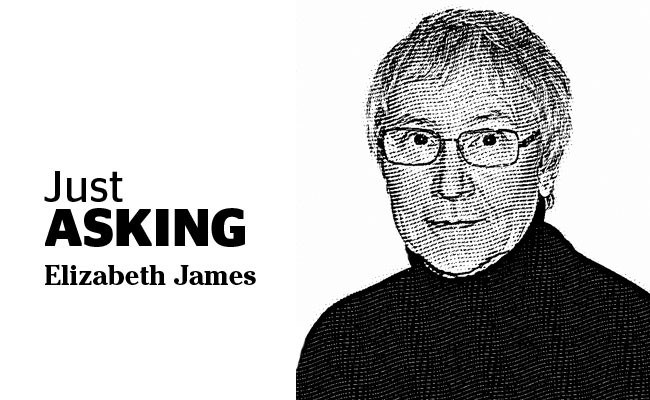“Montreal leads the way in access to rapid transit with 37 per cent of its population living within walking distance of a rapid transit stop or station. It is followed by Toronto, where 34 per cent of residents can walk to rapid transit.”
— The Pembina Institute, Sept. 5, 2014
In their report, Fast Cities: A comparison of rapid transit in major Canadian cities, authors Cherise Burda and Geoffrey Singer compared the rapid transit systems in Toronto, Montreal, Vancouver, Calgary and Ottawa.
Prepared for the Pembina Foundation for Environmental Research and Education, the report studied how “effectively” the differing transit networks served their users.
The analysis is illuminating even though, as the authors concede, comparing Vancouver to the other four cities was challenging because unlike the other networks, TransLink services cover the entire Metro Vancouver region of diversely populated communities that range from Vancouver and Surrey at the high end, to the largely separated off North Shore municipalities, all the way to small communities like Ladner and Anmore.
With that caveat in mind, the first impression to jump out of the report was that, as North Shore taxpayers and their municipal governments have known all along, transit investments since TransLink was formed in 1994 have largely benefitted the 600,000+ residents of the City of Vancouver. That’s because most of those residents live within the one kilometre ideal “walkability” range of rapid and/or express transit.
With 28.2 per cent of the population within that walkability range, Metro Vancouver tied Ottawa for third place at 28.2 per cent. However, when it came to the number of residents within one kilometre of rapid transit alone, Metro Vancouver finished in last place with 18.6 per cent.
Those numbers were despite the fact that, from 1994 to 2014, TransLink had opened 82 kilometres of new rapid and express transit service — second only to Toronto’s 106 km.
Transit only succeeds at attracting people out of their cars when transportation authorities invest taxpayer dollars in the right technology, built in the right place, at the right time. For the North Shore, that hasn’t been happening. As former chairman of TransLink’s Mayors’ Council on transportation, District of North Vancouver Mayor Richard Walton said, “Rush hour used to see vehicles streaming off the North Shore; now commuters are traveling in the other direction.”
So now, just in time to welcome Seattle’s Kevin Desmond, who took up his post as TransLink’s new CEO on March 21, here are a few recent Metro items to consider:
The first comes from Prof. Patrick Condon, chairman of the masters of the Urban Design Program at UBC, who told me, “A $370-million federal transit contribution, although welcome, is one-tenth the amount hoped for. This makes it all the more imperative to find less expensive ways to provide zero greenhouse gas emissions transit for our region. Specifically, this means Surrey and Vancouver must find less expensive ways to meet their transit needs.”
From my perspective, that means independent transit professionals should be the ones to decide what will be the “right” technology, not provincial or local politicians.
Fortunately, as has been described to and ignored by TransLink uncountable times over the past 22 years, those significantly more affordable alternatives are not only available, they are proven and in reliable use in hundreds of cities around the world.
The second comment, from Prime Minister Justin Trudeau in an interview on Global TV, led me to believe he had not only read Condon’s January, 2016 open letter to him titled Don’t Waste Billions on Bad Transit Projects, he acknowledges its wisdom.
Speaking of Surrey’s aspirations and of Vancouver Mayor Gregor Robertson’s proposed Broadway subway — which, though estimated to cost around $2 billion, would stop well short of UBC — Trudeau said they weren’t covered in this year’s budget because they were not ready to be built and, further, that although the projects are needed they also need to be “done right.”
“We need to be responsible with our spending, about our investments, to ensure they have the best possible impact on Canadians …” he said.
Hopefully, that means we can look forward to having Metro Vancouver’s transit decisions based on technological best practices, integrity and affordability, rather than on unnecessarily expensive political legacies like subways and SkyTrain.
One way to encourage that is for all North Shore councils to refuse to be a part of “business as usual” decisions at TransLink.
All three North Shore mayors have soundly rejected Delta Mayor Lois Jackson’s suggestion that all bridges in the region should be subject to a dollar-a-trip toll. Let’s hope they will now tell Vancouver Mayor Robertson that, if he and his council are determined that the Broadway transit line will be a subway they are on their own; North Shore taxpayers are tired of paying through the nose for “the greater good.”
After 16 years with the multi-disciplinary Perinatal Programme of B.C. and later in various endeavours in the growing high-tech industry, Elizabeth James now connects the dots every second Wednesday on local, regional and provincial issues. She can be reached via email at [email protected].
What are your thoughts? Send us a letter via email by clicking here or post a comment below.



